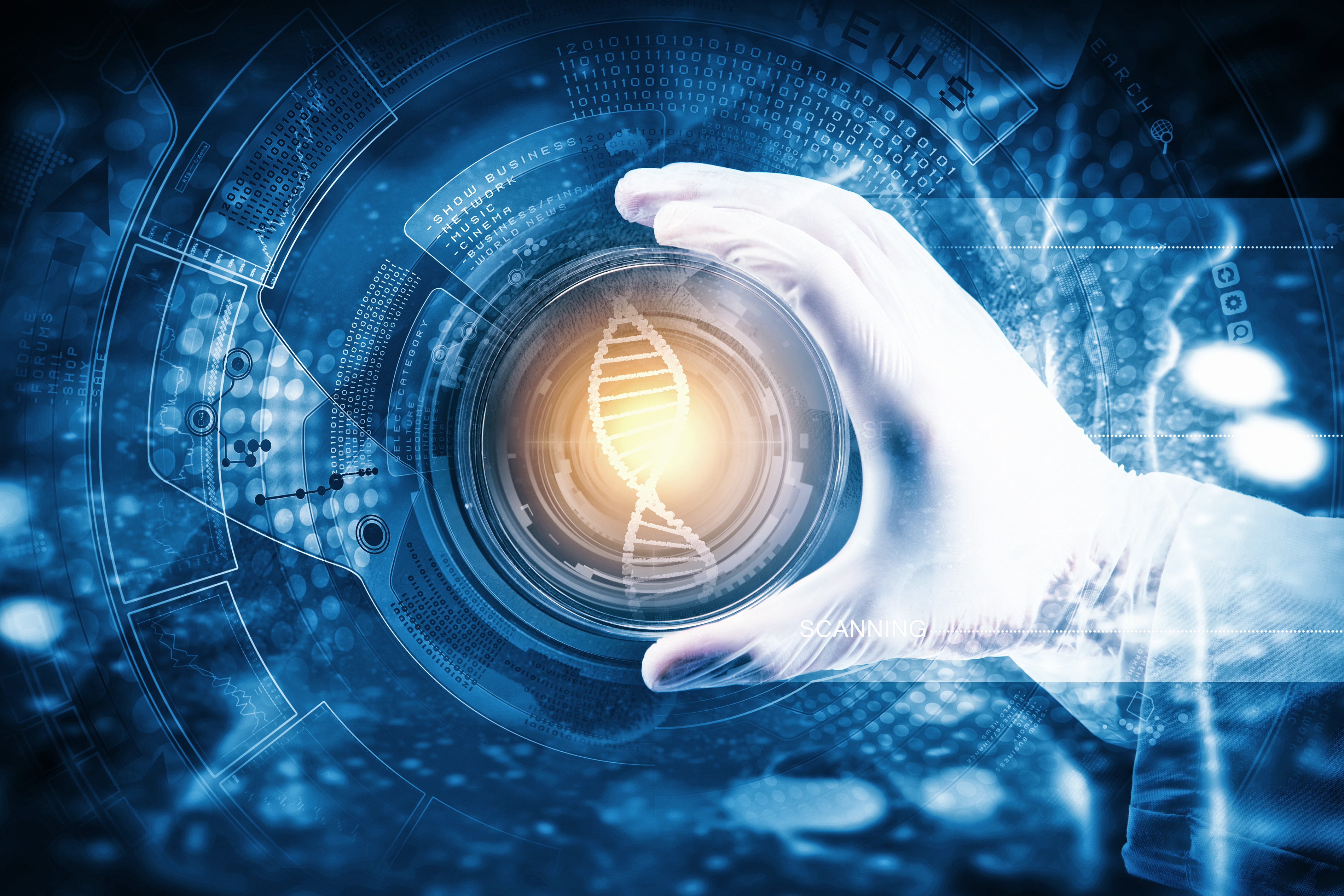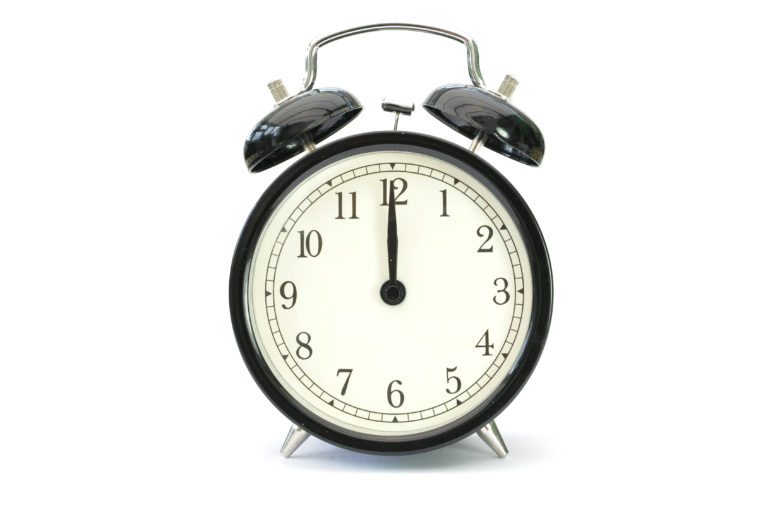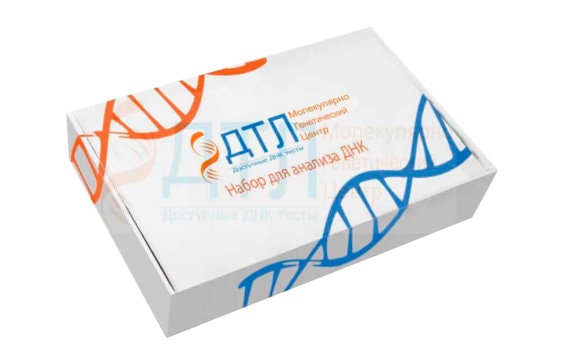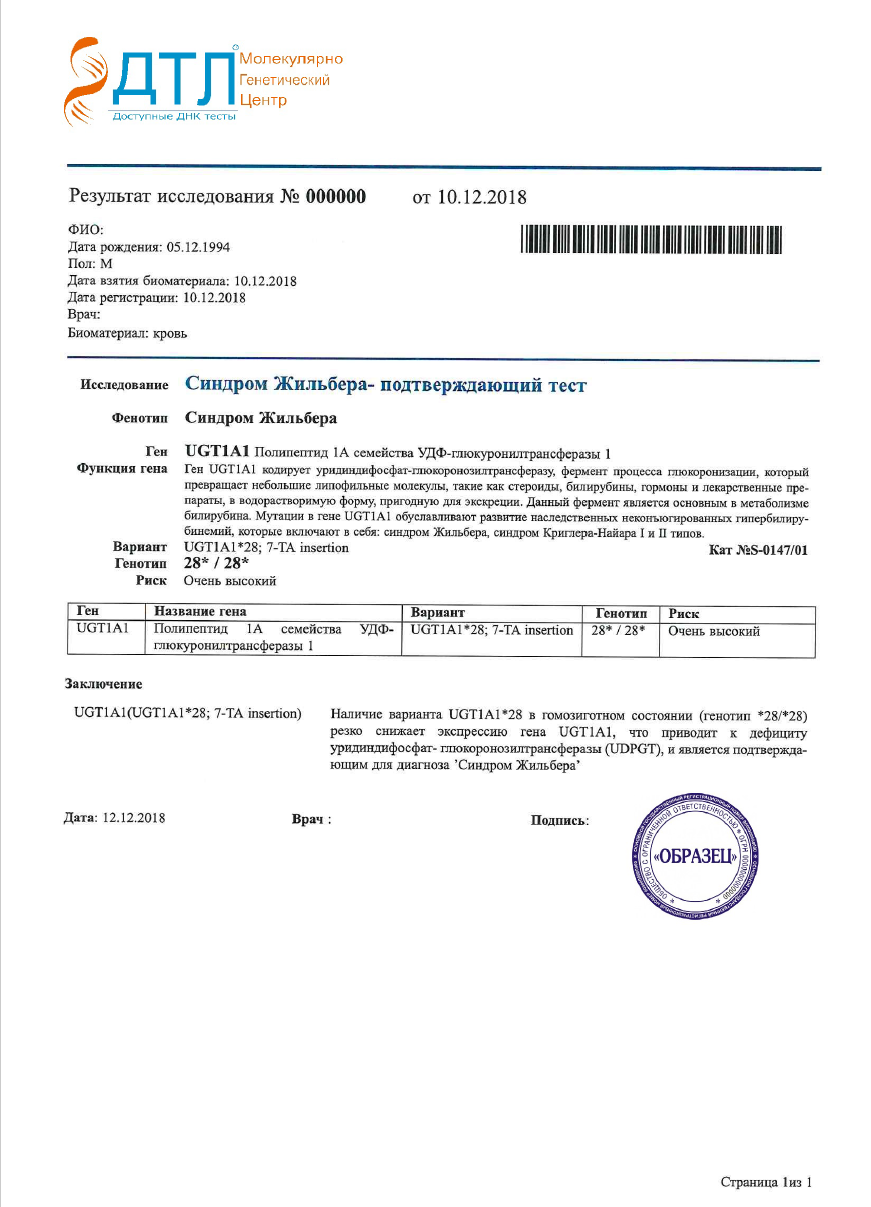DNA test for Gilbert's syndrome
Gilbert’s Syndrome (Benign Unconjugated Hyperbilirubinemia) is a hereditary genetic disorder that disrupts the metabolism of bilirubin in the body. It is inherited in an autosomal recessive manner. To manifest the traits of the pathological gene, a mutant recessive allele must be inherited from both parents.
For bilirubin metabolism, the liver produces the enzyme UGT (uridine diphosphate-glucuronosyltransferase). This enzyme conjugates bilirubin with glucuronic acid, forming a water-soluble compound that is easily excreted with bile.
In individuals with Gilbert’s syndrome, the activity of the UGT enzyme is reduced by approximately 25%, leading to elevated levels of unconjugated bilirubin in the body. The condition typically manifests between the ages of 16 and 28. It occurs in about 3–10% of people worldwide, and men are affected approximately four times more often than women.
Don’t want to go to the office? It’s possible!
Call a courier to pick up your DNA samples.
Order a mobile service visit to your home or office.
Same-day service is available.
For a free consultation, please call:
+996 312 962 714The primary symptom of this condition is a yellowish tint of the skin and the sclera (whites of the eyes), commonly referred to as jaundice. Patients may also experience a range of symptoms, which are typically divided into two categories:
Related to the central nervous system:
- Chronic fatigue;
- Dizziness;
- Headaches;
- Insomnia;
- Difficulty concentrating and memory issues;
- Irritability;
- Panic attacks;
- Depression.
Related to the gastrointestinal system:
- Pain on the right side under the rib cage;
- Heartburn;
- Nausea;
- Irritable bowel syndrome;
- Food intolerances;
- Bloating;
- Loss of appetite.
Symptoms often start to appear only after the age of 20–23. In newborns, prolonged physiological jaundice may be an early sign of a genetic condition and should not be ignored.
It is not uncommon for Gilbert’s syndrome to be detected incidentally during the diagnosis of other CNS or gastrointestinal disorders.

The studied genes

The UGT1A1 gene is responsible for the activity of the enzyme UDP-glucuronosyltransferase (UGT). This gene is located on the long arm of chromosome 2. In a healthy individual, the promoter region of the gene typically contains 6 TA repeats. A mutation that increases the number of TA repeats to 7 or 8 results in reduced expression of the UGT1A1 gene. This leads to a deficiency of UDP-glucuronosyltransferase.
A DNA test for Gilbert’s syndrome involves analyzing the promoter regions of the gene on both chromosomes in pair 2. If the number of TA repeats is found to be 7 or more in both alleles, the diagnosis of Gilbert’s syndrome is considered confirmed.
Since this condition is genetic and can be inherited, it is recommended to undergo testing in the following cases:
- One or both parents have been diagnosed with Gilbert’s syndrome;
- Close relatives have been diagnosed with Gilbert’s syndrome;
- A sharp increase in bilirubin levels (up to 100–140 µmol/L) during fasting, physical exertion, or infectious diseases;
- A toxic reaction after the use of anticancer drugs or glucocorticoids, as UGT also plays a role in metabolizing these medications.
Keep in mind that due to its autosomal recessive inheritance, the disorder may remain unexpressed for several generations.
DNA Laboratory licenses and certificates
How to Take a DNA Test for Gilbert’s Syndrome Predisposition?
To conduct a genetic analysis, samples of buccal epithelium (cheek swab) or 5–10 ml of venous blood are required.
Venous Blood
For blood collection, a vacuum tube with a purple cap is needed. The tube must contain Ethylenediaminetetraacetic acid (EDTA) of type K1, K2, or K3. The volume of blood should range from 2 ml to 6 ml. The use of two tubes is acceptable.
Blood should be drawn while the patient is seated, and it must flow directly into the collection tube. After the procedure, shake the tube 5–6 times to mix the blood with the EDTA.
Buccal Epithelium
To collect a buccal (cheek) swab, you may visit a biomaterial collection point in person or perform the collection at home. For this, you will need:
- Cotton swabs – at least 2, preferably 4
- A clean paper envelope – 1 piece
- A pair of sterile disposable gloves – 1 set
You can also use a free collection kit, which includes everything you need. Order it from our DNA center by phone. Follow our step-by-step instructions or watch the video tutorial on our website (link to the sample collection page).
Turnaround Time

The DNA test results are ready within 5 business days from the moment the samples are processed in the laboratory.
The day of delivery is not included in the turnaround time, as all incoming samples first undergo registration and verification procedures before being forwarded to the genetics department for analysis.
How to Receive the Test Results
You can receive your DNA test results in any of the following convenient ways:
- By email – in electronic format.
- In person – at the biological sample collection point.
- By courier – direct delivery to your door.
- By phone – the result can be communicated verbally if you provide your unique order number. The phone number must be authorized for result disclosure.
You can select your preferred method of receiving the results when placing your order for the test.

Where to get a DNA test for Gilbert's syndrome

Take a DNA test for Gilbert's syndrome
- You can use the form «Pre-appointment» to schedule an appointment or come to our genetic center at any time convenient for you.
See step-by-step instructions see here. - Do it yourself at home:
- Order by courier our branded kit, specially designed for self-collection of DNA samples.
- Using ordinary cotton swabs (ear swabs) from a pharmacy. Our instructions.
- Order a specialist visit to your home for free.
How to pay for a DNA test for Gilbert's syndrome
For your convenience, there are several cash and non-cash payment options for a DNA test:
- In our DNA centers, you can pay in cash or with a bank card.
- Online payment is available on our DNA center website.
- In the banks of Kyrgyzstan by receipt (download).
- Through a bank account (for legal entities).
When filling out an application for DNA analysis, you can choose the method of receiving the genetic test results:
- In person at the DNA center.
- To the e-mail specified in the application for analysis.
- By courier service throughout Kyrgyzstan.
- If you have taken a legal DNA test, we can send the forensic genetic report to the address of the court.
- If you need another delivery method, you can specify it in the application.
Each order is assigned a unique individual number. The laboratory guarantees 100% safety and confidentiality of all data received from you.
What should I do if the test is positive?
A positive test result indicates the presence of a pathological form of the gene responsible for Gilbert’s syndrome. However, this is not a life sentence. The purpose of DNA testing is to detect the condition early and take proactive steps to manage it.
If your test is positive, you should:
- Consult your physician with the DNA test results;
- Undergo additional diagnostic procedures, such as:
- Complete blood count (CBC);
- Urinalysis and stool test;
- Bilirubin level testing;
- Stool analysis for stercobilin.
These additional tests will help your doctor accurately assess the stage of the condition. By combining these results with your family medical history and the DNA analysis, your doctor will be able to recommend a suitable treatment plan.
Treatment usually involves a comprehensive approach that may include:
- A special diet;
- Medications;
- Physical activity;
- Avoidance of external triggers.
ОТЗЫВЫ О ДНК ТЕСТАХ И ЛАБОРАТОРИИ В Bishkek







Узнавали свои корни, требовалось для завещания, родственник сказал, что только официальной бумаге поверит. Вот получили её здесь, быстро и цену не заломили




The “DTL” Center conducts DNA tests throughout Kyrgyzstan. Our laboratory uses instruments from “Applied Biosystems”, a world leader in biotechnology. Modern scientific and technical developments make it possible to carry out unique DNA analyzes, which are done by only a few laboratories in the world. All tests are performed only by certified specialists, among whom there are world-class experts with more than 15 years of experience in the field of DNA research.
© The «DTL» DNA laboratory — the most accurate DNA tests to date!



